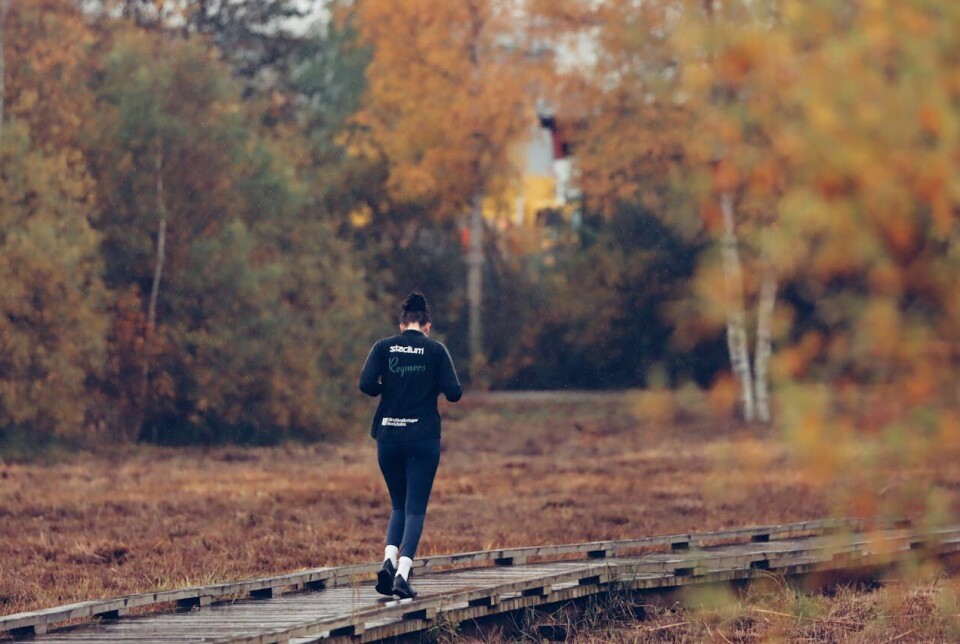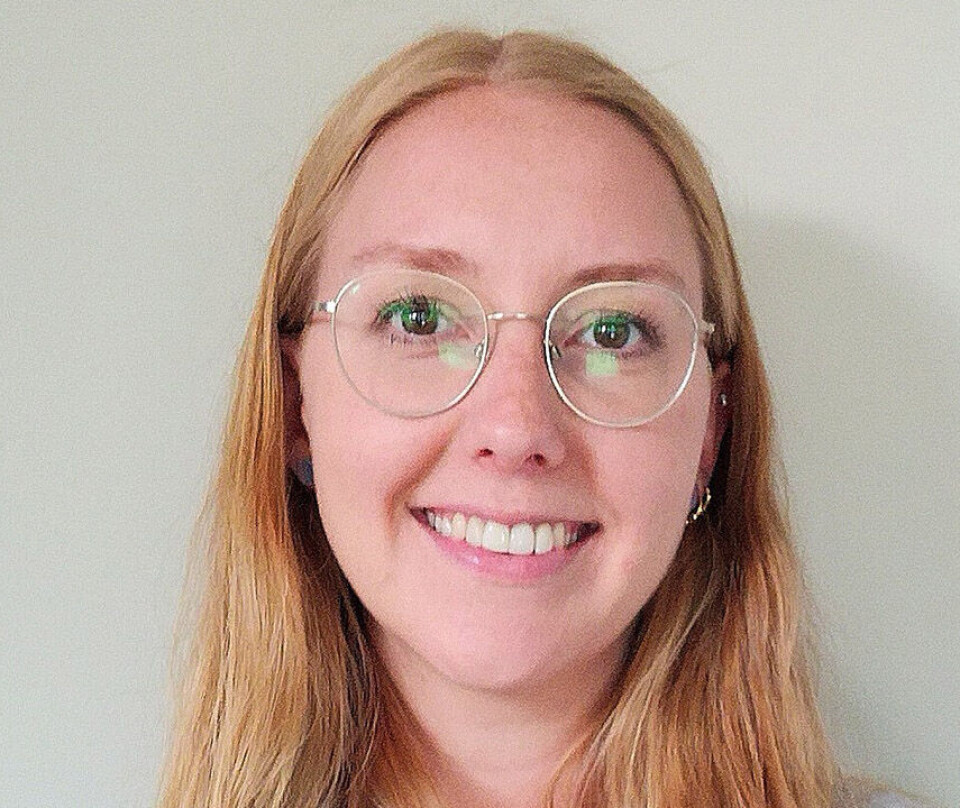THIS CONTENT IS BROUGHT TO YOU BY THE University of Agder - read more

Many cancer survivors struggle to maintain an active lifestyle
Physical activity is beneficial before, during, and after chemotherapy. New research has taken a closer look at those who opt out.
“Those who cope best with cancer treatment are often those who had an active lifestyle before diagnosis. It reduces the risk of delayed injury and complications,” says Benedikte Western.
Not active beforehand either
She has examined 34 different studies, all of which involved cancer patients partaking in exercise programmes. She noticed several common traits among those who started but dropped out of the studies.
One of them was that they did not have an active lifestyle before getting cancer.
“Their dropping out midway compromises the research. It skews the results when those completing the programme already led active lives prior to their illness. After all, they aren’t the ones this research is aiming to help,” says Western.

Typically, those who did not complete an exercise programme following cancer treatment were overweight and had less formal education.
However, some exercise programmes had more dropouts than others, and people quit at different times. Some exercised regularly during treatment but quit afterwards.
Not random
“We need to bear this in mind when we design these studies. Who quits isn't random, and for us to find effective solutions for everyone, we need to give extra attention to those who are more likely to quit,” says Western.
It is naturally easier to stick with existing good habits than to form new ones.
For many, cancer treatment alone is challenging enough. In some cases, the treatment itself can result in functional impairments.
“Many cancer survivors struggle with fatigue and feel that resting doesn't help. Sleep is often affected, and some have to remove a lot of tissue or skin. Hormonal levels can also be affected. Adding a lifestyle change to all this can be tough, but simply avoiding it won't make things any better,” says Western.
Lasting change
Adopting a more active lifestyle can be challenging and mostly depends on the individual. Therefore, Western also investigated so-called ‘self-management skills’ - the ability of cancer survivors to make a lasting lifestyle change.
“Changing people's behaviour is complex. That's why we need more knowledge about what people need help with, and what they believe they can handle on their own. Everyone's backgrounds and starting points are unique, the key is to figure out what contributes to permanent changes,” says Western.
She found that those reporting higher levels of physical activity were also generally more actively engaged in life. They had hobbies and activities they felt gave their lives value.
They also monitored their health, had reasonable expectations of themselves, and insight into what influenced their health.
High chance of getting cancer again
“The aim is to find out which characteristics can help cancer survivors become more physically active. It's a big challenge that requires resources, personnel, and different offers for different people. Right now, support to cancer survivors is quite arbitrary,” says Western.
An often under-communicated risk is that cancer survivors have a high chance of getting a different type of cancer. This could be due to the cancer treatment itself but is also largely related to lifestyle. That makes the efforts to encourage cancer survivors to get active even more important.
“Many people are left with seriously deteriorated health after surviving cancer. It's not something you just get over. That's why it's important to offer the survivors a way of being physically active that is sustainable,” she says.
Reference:
Western, B. Methodological considerations when monitoring and promoting physical activity in cancer populations: Towards translation of evidence into broader application and impact, Doctoral dissertation at the University of Agder, 2024.
———
Read the Norwegian version of this article on forskning.no

This content is paid for and presented by the University of Agder
This content is created by the University of Agder's communication staff, who use this platform to communicate science and share results from research with the public. The University of Agder is one of more than 80 owners of ScienceNorway.no. Read more here.
More content from the University of Agder:
-
Research paved the way for better maths courses for multicultural student teachers
-
The law protects the students. What about the teachers?
-
This researcher has helped more economics students pass their maths exams
-
There are many cases of fathers and sons both reaching elite level in football. Why is that?
-
How we used plants to protect ourselves from evil
-
What is it like for nurses to promote health behind bars?




































